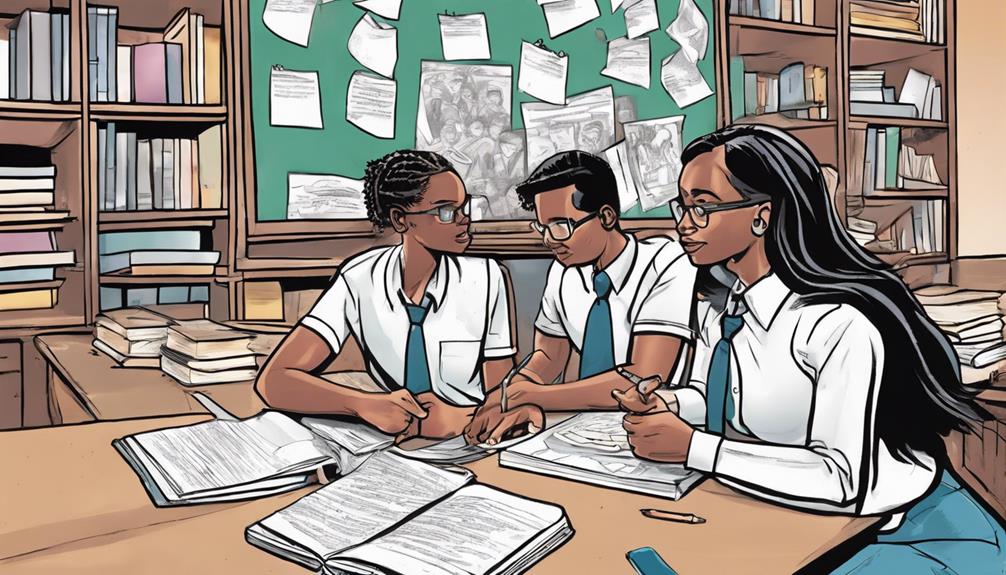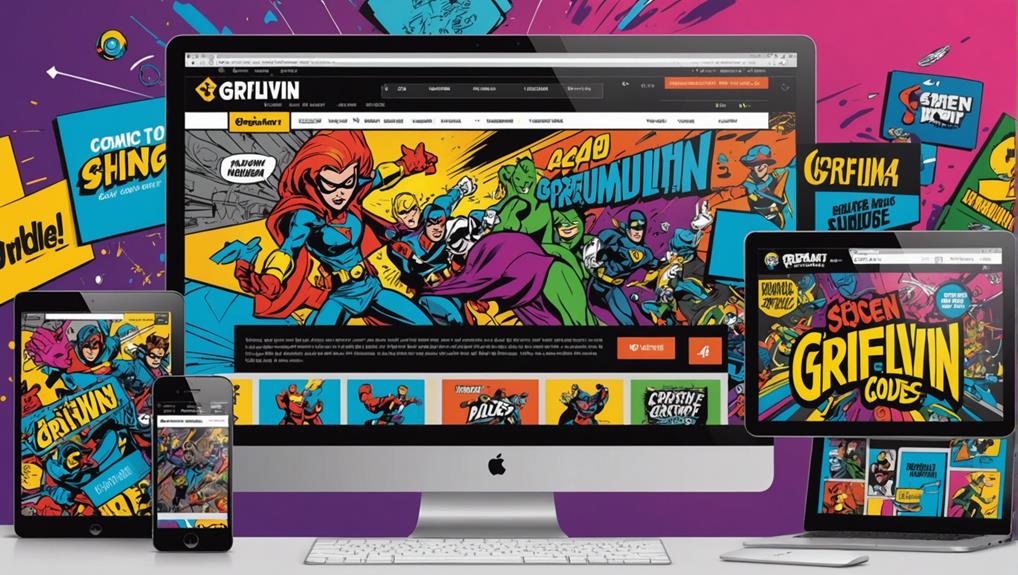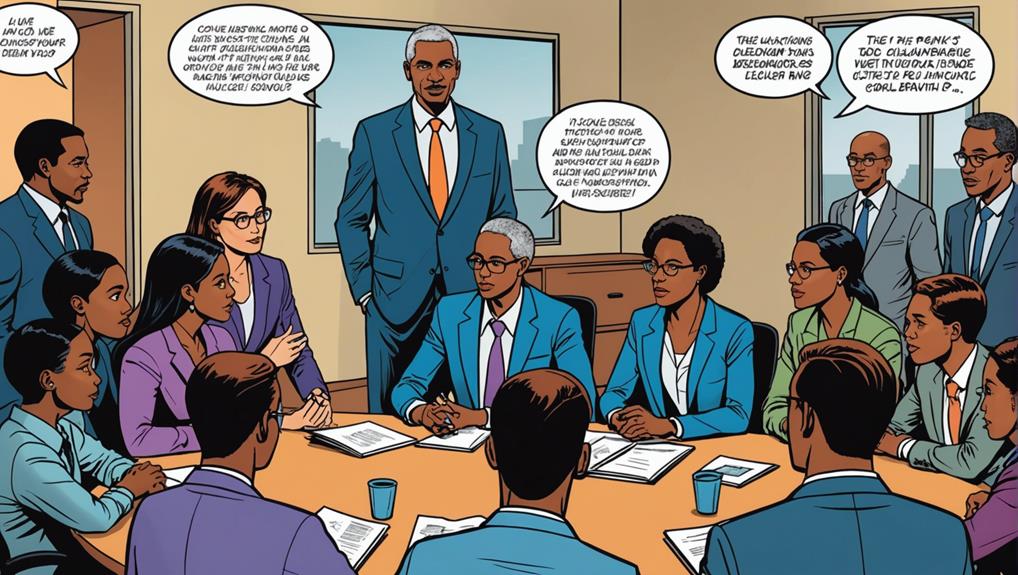Accelerated learning is a game-changer for educators, offering key techniques to boost student engagement and understanding effectively.
- Practice and Application Techniques: Engage students with active practice and timely feedback.
- Break Content Into Achievable Goals: Guide students with clear milestones and personalized approaches.
- Utilize the 80:20 Principle: Focus on critical skills for faster learning outcomes.
- Block Out Distractions Effectively: Tackle technology distractions to enhance focus.
- Teach Effective Revision Strategies: Implement structured classes for effective revision techniques.
Unlocking these strategies can transform the teaching landscape and elevate student learning experiences.
Key Takeaways
- Break content into achievable goals for progressive understanding.
- Utilize the 80:20 principle to focus on critical skills.
- Block out distractions to enhance student focus.
- Teach effective revision strategies like mind-mapping and cue cards.
- Provide timely feedback and practice opportunities for deeper comprehension.
Practice and Application Techniques

Implementing effective practice and application techniques is essential for student comprehension and retention of content in accelerated learning settings.
Encouraging students to actively engage with the material through completing questions and tasks fosters a deeper understanding. Providing timely feedback on their work is vital for addressing misconceptions and reinforcing learning.
Supplementing in-text questions with resources like workbooks from Letts, CGP, and Barrons, as well as past-paper questions from exam boards, enhances practice opportunities.
Break Content Into Achievable Goals

In accelerated learning environments, breaking down content into achievable goals is paramount for guiding students towards progressive understanding and skill development. By setting clear milestones and stages, educators can help students track their progress effectively. Utilizing tools like level ladders, progression charts, and tailor-made tables can visually represent the journey towards mastering a subject. Additionally, providing students with self-assessment checklists can empower them to take ownership of their learning. Breaking down complex topics into manageable steps not only boosts confidence but also enhances motivation. This structured approach fosters a sense of accomplishment with each goal achieved, leading to a more efficient and enjoyable learning experience.
| Tools for Achievable Goals | Benefits |
|---|---|
| Level Ladders | Visual representation of progress |
| Progression Charts | Clear tracking of milestones |
| Tailor-Made Tables | Customized approach for each student |
| Self-Assessment Checklists | Empowers students to monitor their own growth |
Utilize the 80:20 Principle

Utilizing the 80:20 principle in teaching involves focusing on the essential 20% of skills and knowledge that yield 80% of results for accelerated student learning. This principle, also known as the Pareto principle, can greatly enhance student progress and understanding.
Here are five key ways to apply the 80:20 principle effectively in the classroom:
- Identify the critical 20% of skills and knowledge by reviewing syllabuses and course guides.
- Focus teaching efforts on the important 20% for faster learning outcomes.
- Apply the Pareto principle to all teachings to maximize student understanding.
- Avoid spending excessive time on less significant aspects of a subject.
- Prioritize the key topics that will have the most substantial impact on student success.
Block Out Distractions Effectively

To enhance student focus and productivity in the classroom, educators must actively address and mitigate potential distractions. Distractions, especially from technology, can hinder learning progress. By educating students on the dangers of distractions and creating an environment that promotes urgency in task completion, teachers can help students stay focused.
Monitoring technology use closely and emphasizing the importance of timely task completion are essential strategies in blocking out distractions. It's vital for students to understand the balance between technology as a learning tool and a potential procrastination tool. By instilling these principles early on, educators can set students up for success in maintaining focus and achieving their academic goals.
Teach Effective Revision Strategies

To optimize students' retention and comprehension of academic material, educators can implement structured classes focusing on effective revision strategies.
- Hold study skills classes to teach revision techniques.
- Include mind-mapping, cue-cards, and recording audio notes in revision.
- Many students receive no formal education on the process of learning itself.
- Offer special classes as exams approach to enhance revision skills.
- Use resources like The Guardian article for guidance on effective revision.
Frequently Asked Questions
How Can Teachers Address Individual Learning Styles Effectively?
Teachers can address individual learning styles effectively by providing varied tasks with feedback, breaking content into achievable goals, focusing on essential skills, minimizing distractions, and teaching effective revision techniques. Tailored approaches enhance student understanding and progress.
What Are Some Practical Ways to Encourage Student Self-Assessment?
Crafting a culture of critical self-assessment is key. Employing evaluation exercises, encouraging reflection, and utilizing student self-checklists fosters autonomy. Empower learners through self-assessment to track progress and enhance academic development effectively.
How Can Teachers Help Students Prioritize the Vital 20% of Knowledge?
Teachers can help students prioritize essential knowledge by focusing on the 20% of skills important for results. Review syllabuses and course guides to identify key areas. Emphasize these aspects during teaching to streamline learning and achieve faster progress.
What Strategies Can Teachers Use to Minimize Distractions in the Classroom?
In the educational domain, mastering the art of minimizing distractions in a classroom is akin to conducting a symphony, orchestrating a harmonious blend of focus-inducing methods that resonate with students, guiding them towards academic crescendo.
How Can Teachers Guide Students in Creating Effective Revision Schedules?
Teachers can guide students in creating effective revision schedules by teaching study skills, such as mind-mapping and cue-cards. Offering special classes as exams approach can enhance revision skills. Utilize resources like The Guardian article for guidance.
Conclusion
In the quest to master accelerated learning, educators can implement essential techniques to enhance student comprehension and retention.
By focusing on practice, achievable goals, and effective revision strategies, teachers can create a dynamic learning environment that empowers students to excel academically.
With the right tools and approaches, educators can unleash the full potential of accelerated learning, paving the way for student success and growth.










